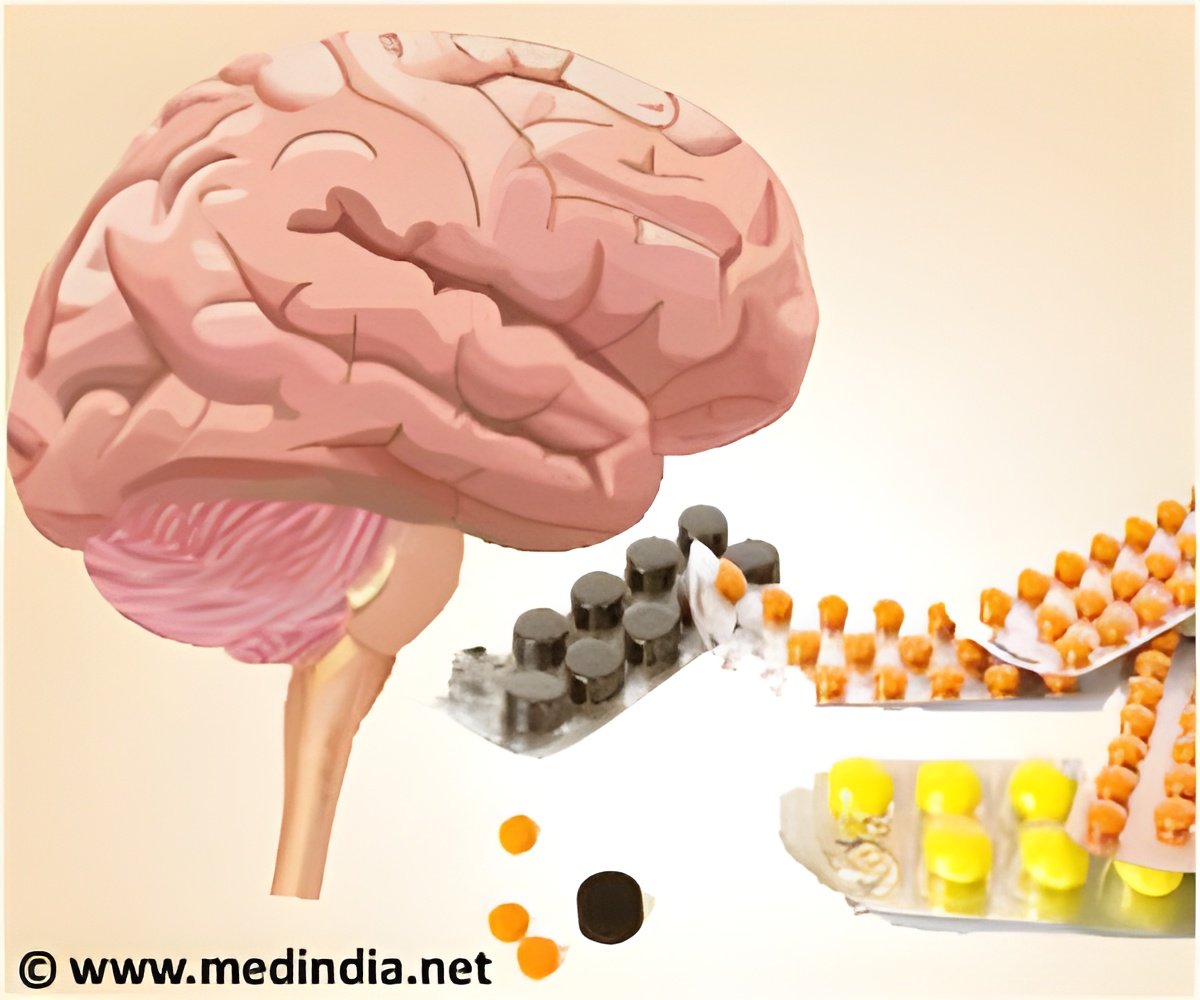Researchers at Sweden’s Lund University carried out a study on rats to reveal how Parkinson's disease spreads throughout the brain.

The breakthrough model developed by these researchers brings them closer to developing a disease-modifying drug for Parkinson's disease.
The findings of this study have been published in the latest Public Library of Science (PLoS) One.
According to Patrik Brundin M.D., Ph.D., working at the Van Andel Research Institute (VARI), Sweden, "Parkinson's is the second most common neurodegenerative disorder after Alzheimer's disease."
"A major unmet medical need is a therapy that slows disease progression. We aim to better understand how Parkinson's pathology progresses and thereby uncover novel molecular targets for disease-modifying treatments," he added. Brundin is also the head author of this study.
Earlier studies have shown that a misfolded protein, called alpha-synuclein protein, gradually appears in the healthy young neurons transplanted in the Parkinson’s patients’ brain. This discovery pointed to a cell-to-cell protein transfer-- a phenomenon which has been established through laboratory experiments.
"This is a cellular process likely to lead to the disease process as Parkinson's progresses, and it spreads to an increasing number of brain regions as the patient gets sicker," said Elodie Angot, lead co-author of the study.
What remains elusive is the mechanism by which the impaired alpha-synuclein crosses the extracellular space to enter the cytoplasm of cells and act as a template for naturally occurring alpha-synuclein within the cells causing the latter to misfold. Further studies are required to clarify this process.
The above study should help in the development of newer and more effective drugs for Parkinson’s disease.
Parkinson’s disease is a neurological disorder that affects motor function and cognitive skills. It currently affects more than 1 per cent of people above 65 years of age.
Source-Medindia







